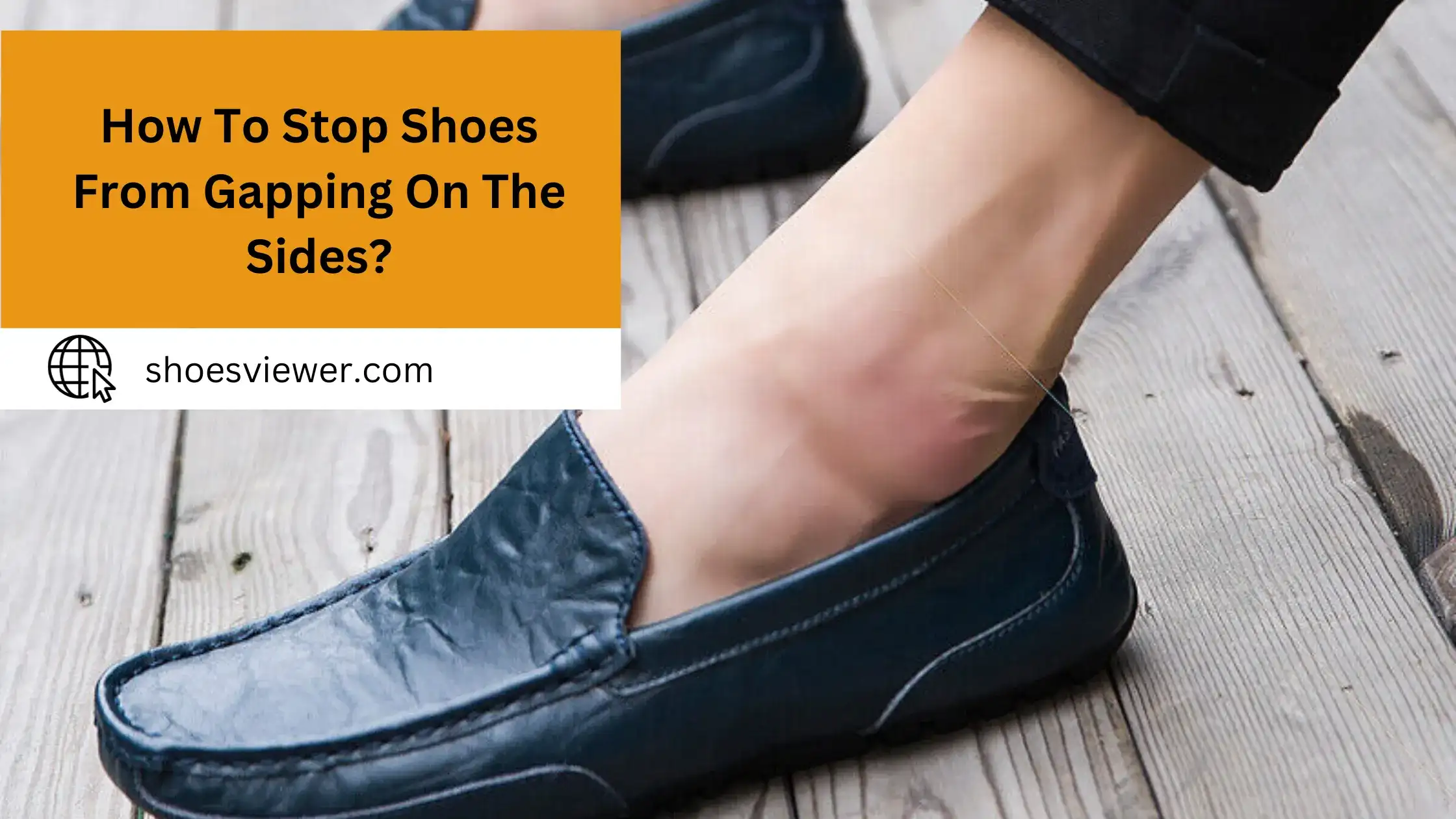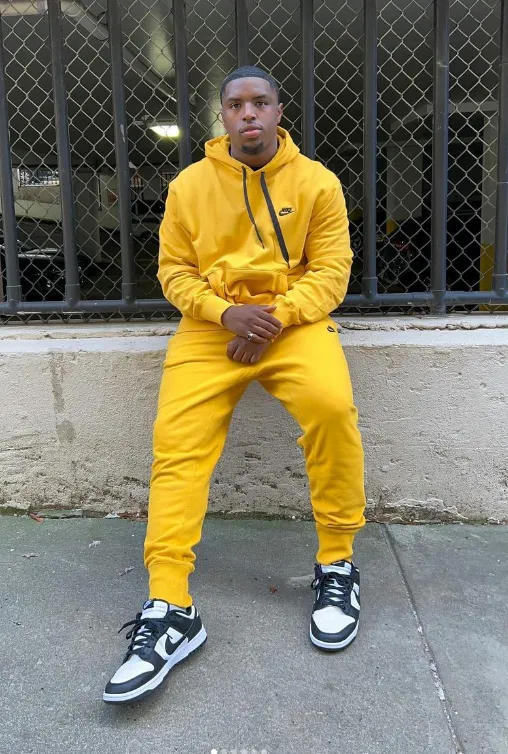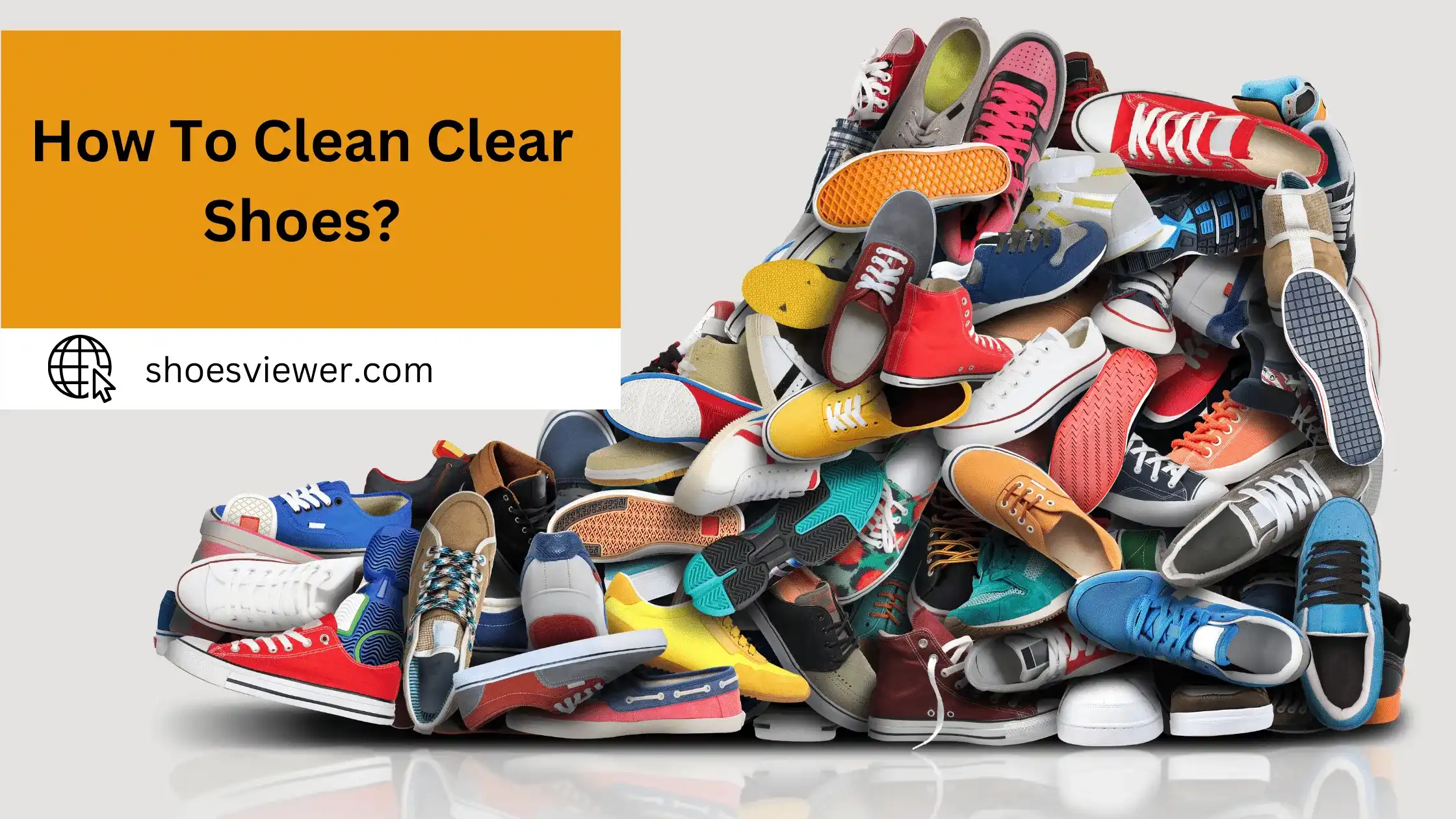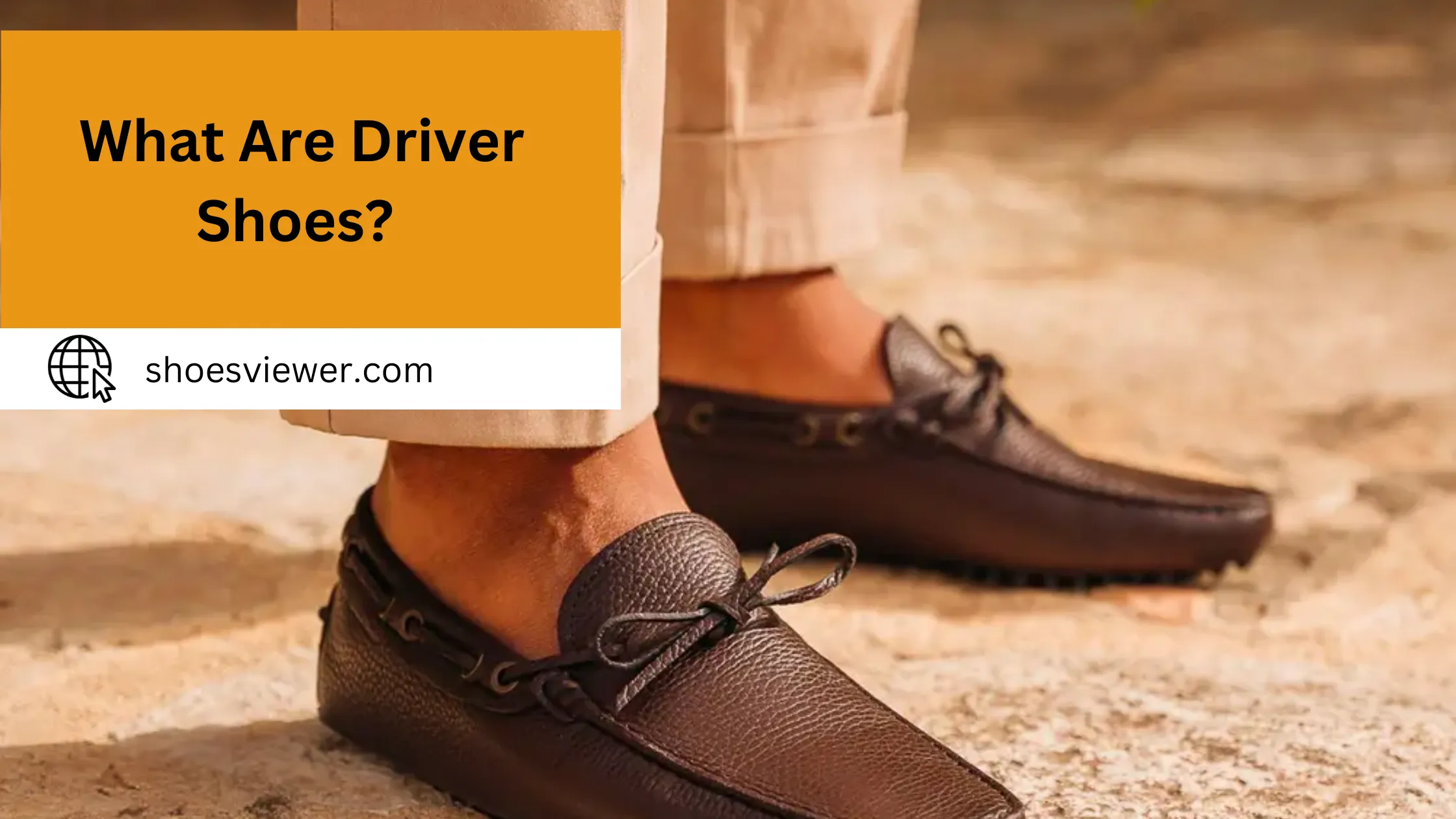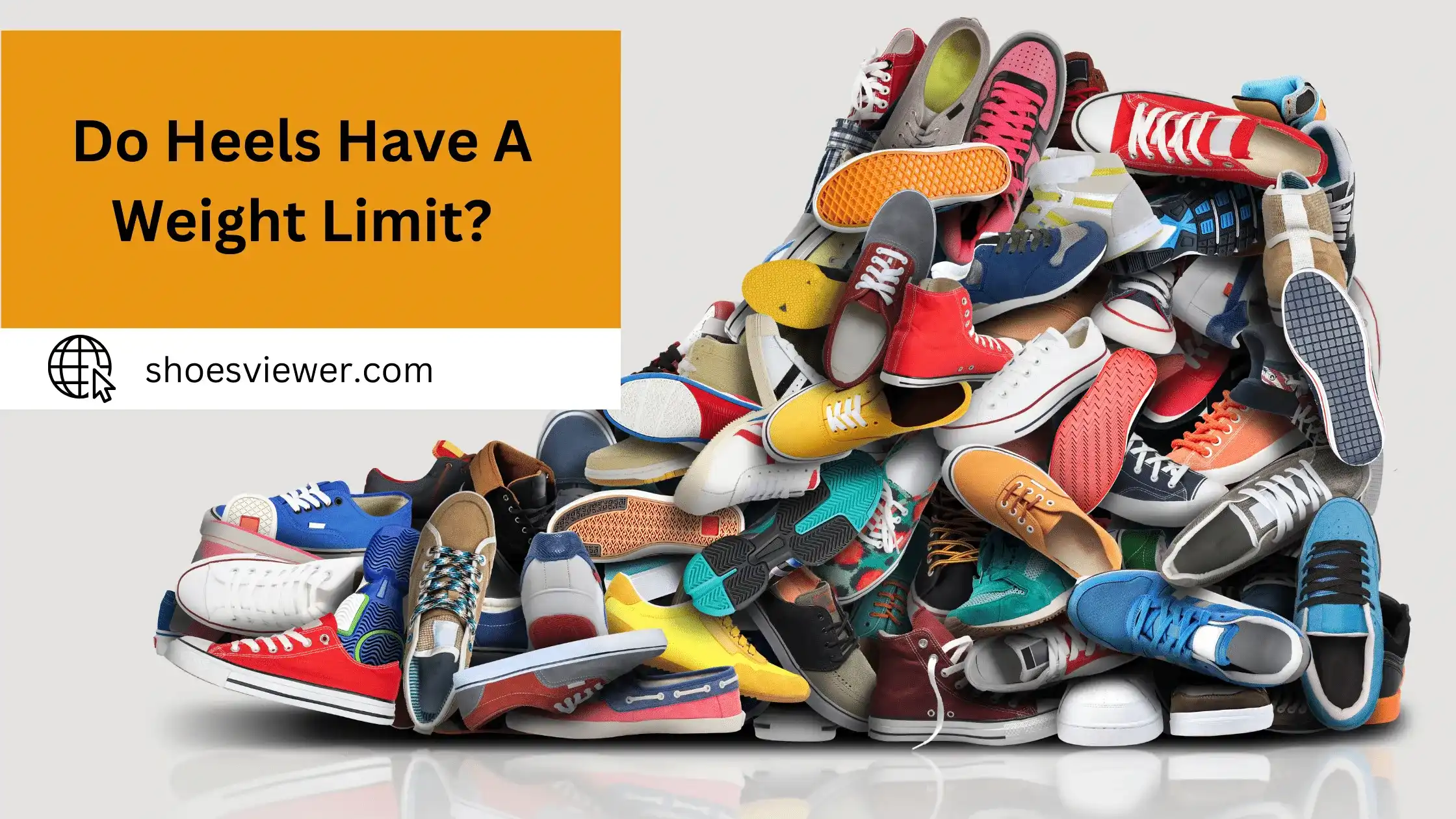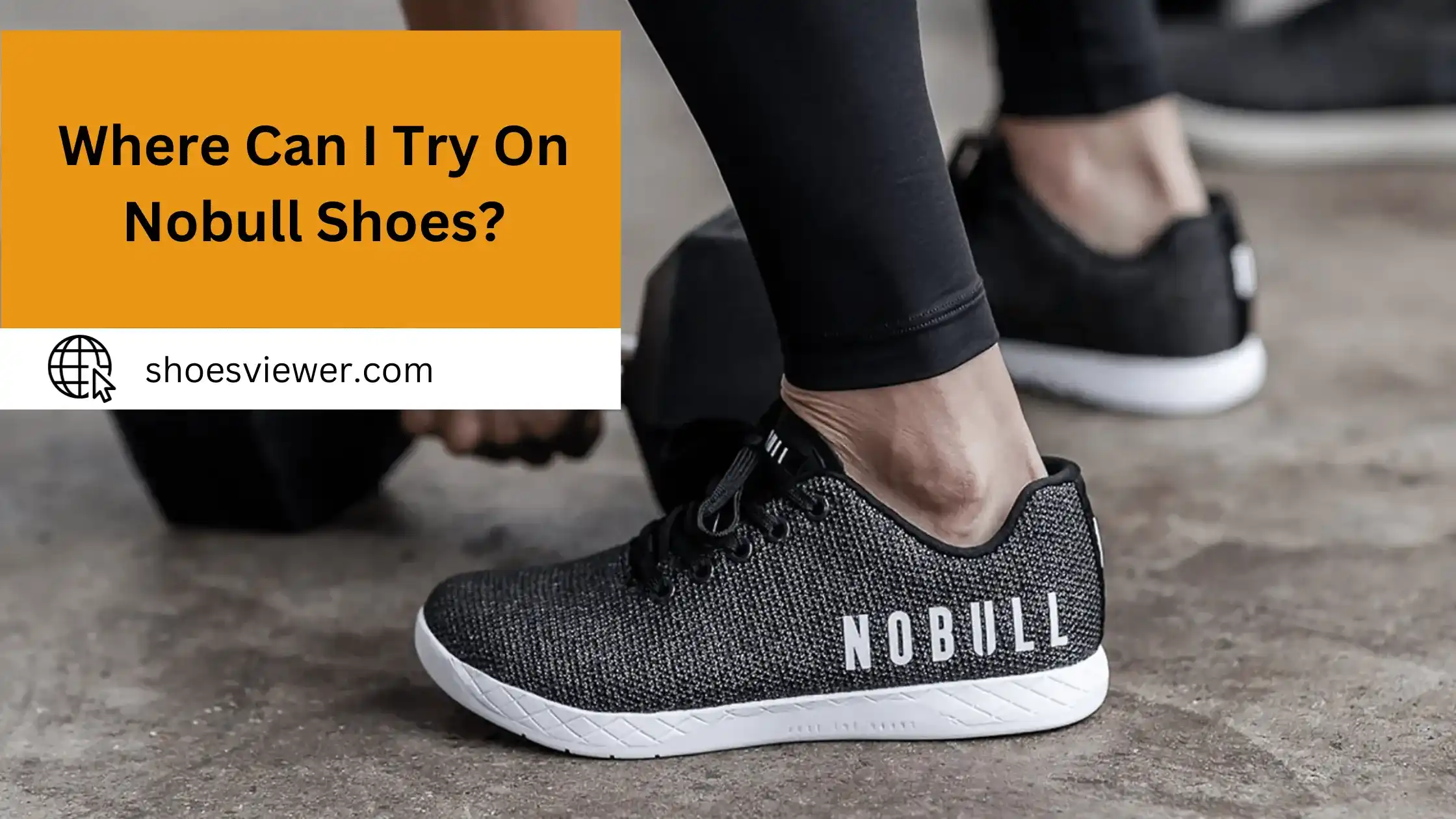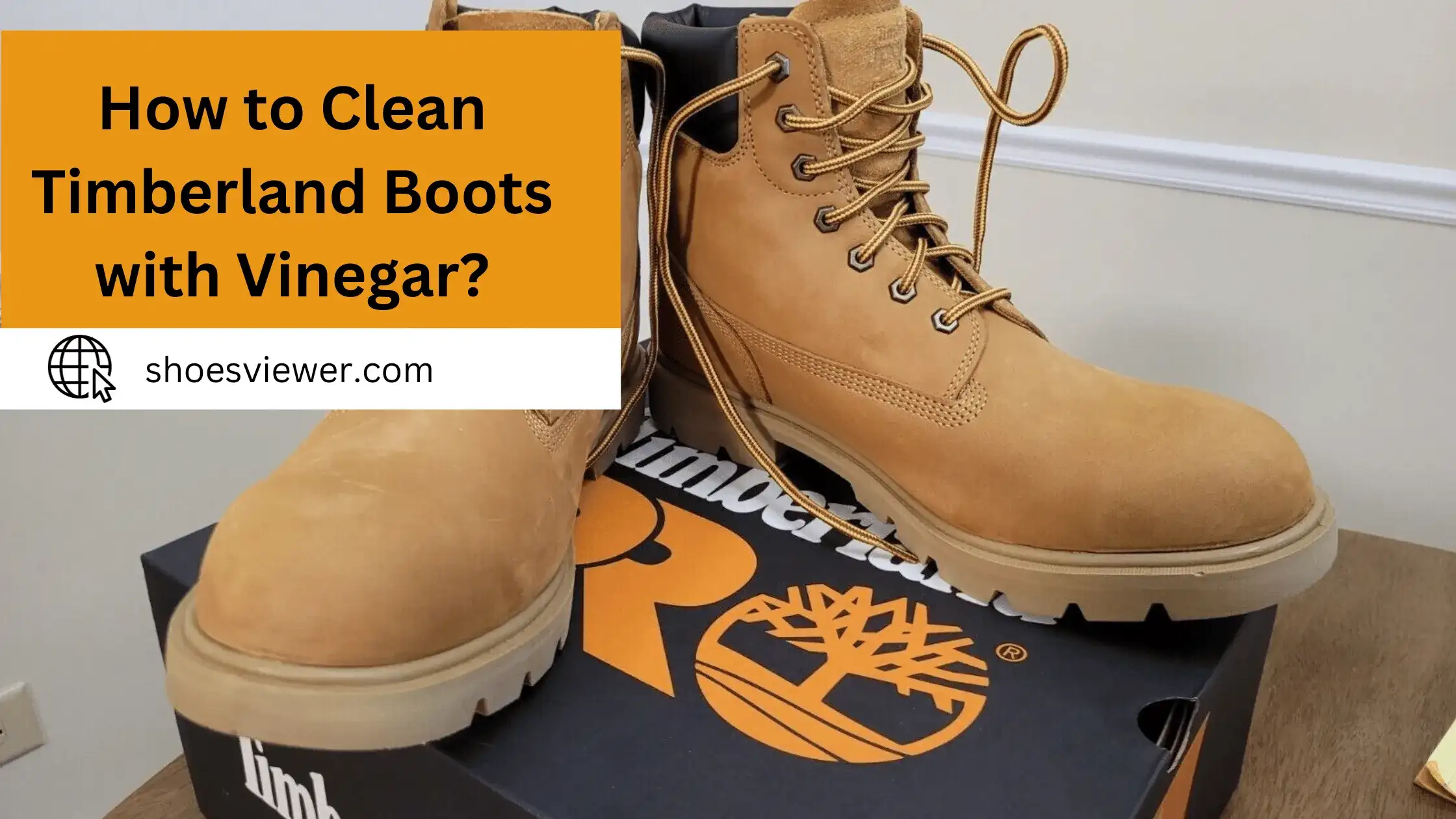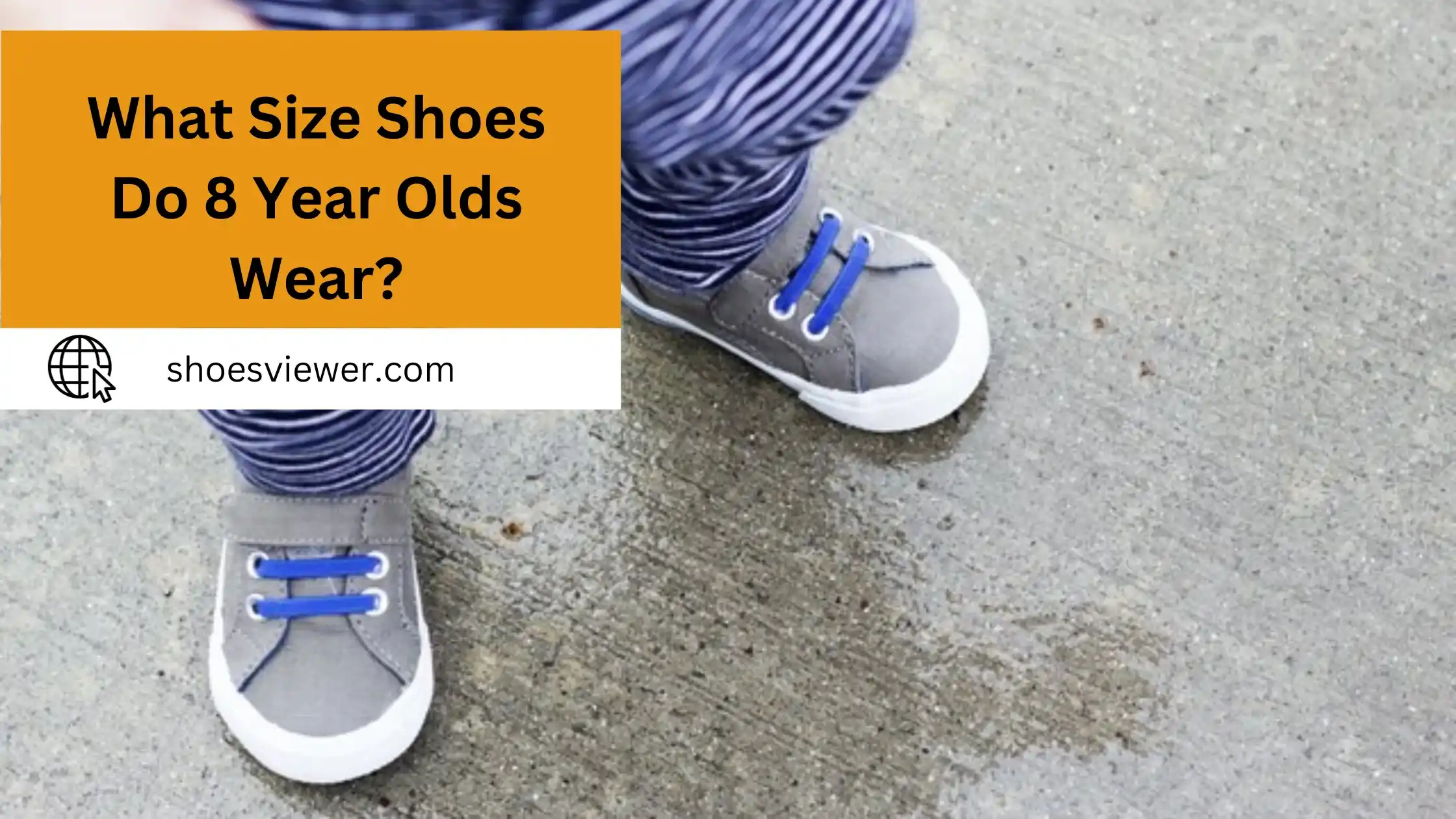We have all experienced gapping shoes for one reason or another, and it can be rather annoying. Whether it’s because they are not adequately fitting or haven’t been securely fastened, this issue must be addressed swiftly!
Here, we’ll discuss how to tackle this pesky problem once and for all so you never have to worry about slipping off your shoe again. Let’s learn more about techniques and tricks to keep your comfort in check and ensure those laces stay secure around your feet.
Check The Shoe Size:
Make sure you’re wearing the correct shoe size. Measure your feet and refer to the shoe manufacturer’s sizing chart to ensure you have the correct size.
Consider Shoe Width:
Sometimes, gapping can occur because the shoes are too wide for your feet. If this is the case, consider trying a narrower width or a different shoe style that suits your foot shape better.
Use Insoles or Inserts:
If your shoes are slightly loose, but you can’t change the size or width, try using cushioned insoles or orthotic inserts. These can fill up some extra space and provide a better fit.
Double Up on Socks:
If the gap isn’t too pronounced, try wearing thicker or double layers of socks to reduce the space inside the shoe. This method is temporary and may only work for some shoe styles.
Adjust Lacing:
Properly adjust the laces or closures of your shoes. Tighten them to secure the shoe against your foot. Experiment with different lacing techniques to find what works best for you.
Use Heel Grips or Cushions:
Use heel grips or cushions if the gap is primarily in the heel area. These help fill the extra space and provide a more secure fit.
Consult a Shoe Professional:
If you’re struggling to find a solution, consider visiting a shoe store or a podiatrist who can assess your foot shape and recommend shoes that better match your needs.
Consider Different Shoe Brands or Styles:
Different shoe brands and styles may have varying fits. If you consistently experience gapping with a particular brand or style, trying a different one that suits your foot shape might be worth trying.
Custom-Made Shoes:
If you need help with shoe fit, mainly due to unique foot shapes or sizes, consider investing in custom-made shoes. These are tailored to your specific requirements and should eliminate gapping issues.
Remember that correctly fitting shoes is crucial for comfort and preventing foot-related issues. If gapping continues to be a problem, seek professional advice to ensure you have the best footwear.
Preventive Measures: Tips for Buying Non-Gapping Shoes
- Start by accurately measuring your feet, including both length and width. Use a sizing chart from the shoe manufacturer to determine your correct size.
- Your feet can swell throughout the day, so it’s best to try on shoes in the afternoon when they are slightly larger. This can help you avoid purchasing shoes that are too tight.
- When trying on shoes, wear the type of socks you intend to wear with them regularly. This ensures a more accurate fit.
- Visit shoe stores where knowledgeable staff can assist you in finding the right style and fit for your feet.
- Consider Different Brands and Styles: open to trying various brands and styles to find the one that suits you best.
- Take a few steps around the store to ensure the shoes don’t gap or pinch in any uncomfortable way.
Exploring Different Types of Shoe Inserts to Minimize Gapping
Insoles:
High-quality insoles provide extra cushioning and support while filling up some space inside the shoe, potentially reducing gapping.
Heel Grips:
Heel grips or cushions can be placed at the back of the shoe to prevent your heel from slipping and causing gapping.
Tongue Pads:
Tongue pads can be inserted beneath the tongue of the shoe to fill up space and improve the fit around the instep.
Orthotic Inserts:
If you have specific foot issues, custom orthotic inserts can be crafted to address them and provide a better overall fit.
Ball of Foot Cushions:
These cushions can be placed under the ball of your foot to prevent it from sliding forward in the shoe, which can lead to gapping.
The Impact of Sock Thickness on Shoe Gapping: A Closer Look
Through our day-to-day experiences, sock thickness can considerably affect the fit and comfort of our shoes. What may appear as a trifle has a more profound impact than one might think, especially regarding “shoe gapping.”
Shoe gapping, a common issue among footwear users, refers to the space between one’s foot and the shoe, which can result in discomfort and potential foot injuries. Sock thickness plays a pivotal role in this aspect, as thicker socks tend to fill up this space, providing a snug fit and reducing the chances of shoe gapping.
On the other hand, thin socks or going sockless may lead to an increased gap, resulting in foot slippage within the shoe. Hence, understanding the relationship between sock thickness and shoe gapping becomes crucial for anyone invested in foot comfort and safety.
Shoe Hacks - Unconventional Tips for a Gap-Free Shoe Experience:
- Experiment with techniques such as “lock lacing” or “heel lock” to create extra tension in specific shoe areas and improve the fit.
- Some people use silicone strips or pads inside the shoe to prevent slippage and reduce gapping.
- Craft your padding or inserts creatively using foam, fabric, or felt materials. Customize them to fit the problem areas of your shoes.
- If gapping issues persist, consult a professional cobbler. They can make alterations to your shoes, such as adding extra padding or modifying the fit, to improve the overall fit and reduce gapping.
Remember that while these preventive measures and hacks can help address gapping issues to some extent, it’s crucial to prioritize proper shoe selection and fit from the start to ensure the most comfortable and gap-free experience.
Conclusion:
Learning how to stop shoes from gapping on the sides is something that many people experience at some point in their lives. Taking time to find the right shoes and fit your foot can help ensure you don’t have to deal with uncomfortable gaps when you least expect it. Trying insoles, wearing socks, and selecting wider widths are three potential solutions that you can use if you find that your shoes are gapping on the sides. Investing in quality footwear, replacing worn-out shoes in a timely fashion, and visiting a podiatrist are also practical methods to help keep those annoying gapping issues at bay. So don’t let shoe gaps interrupt your life anymore. Take charge and make sure that never happens again.
